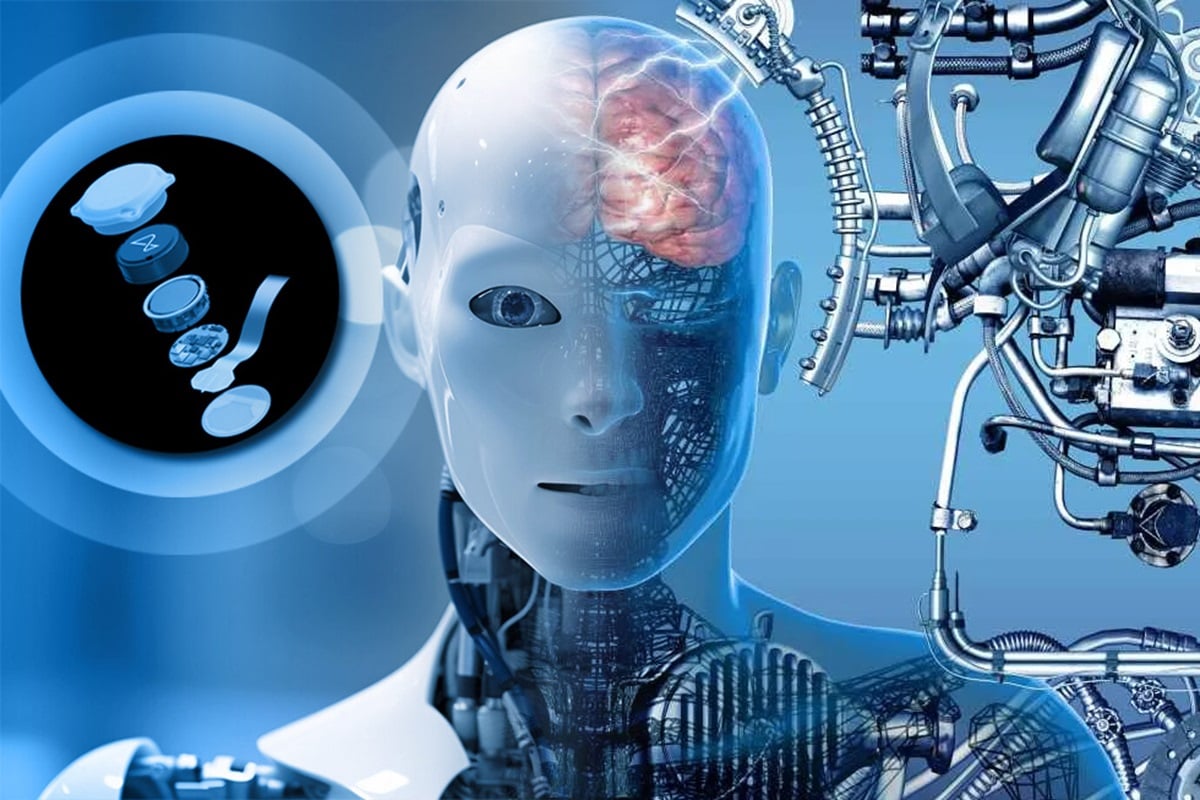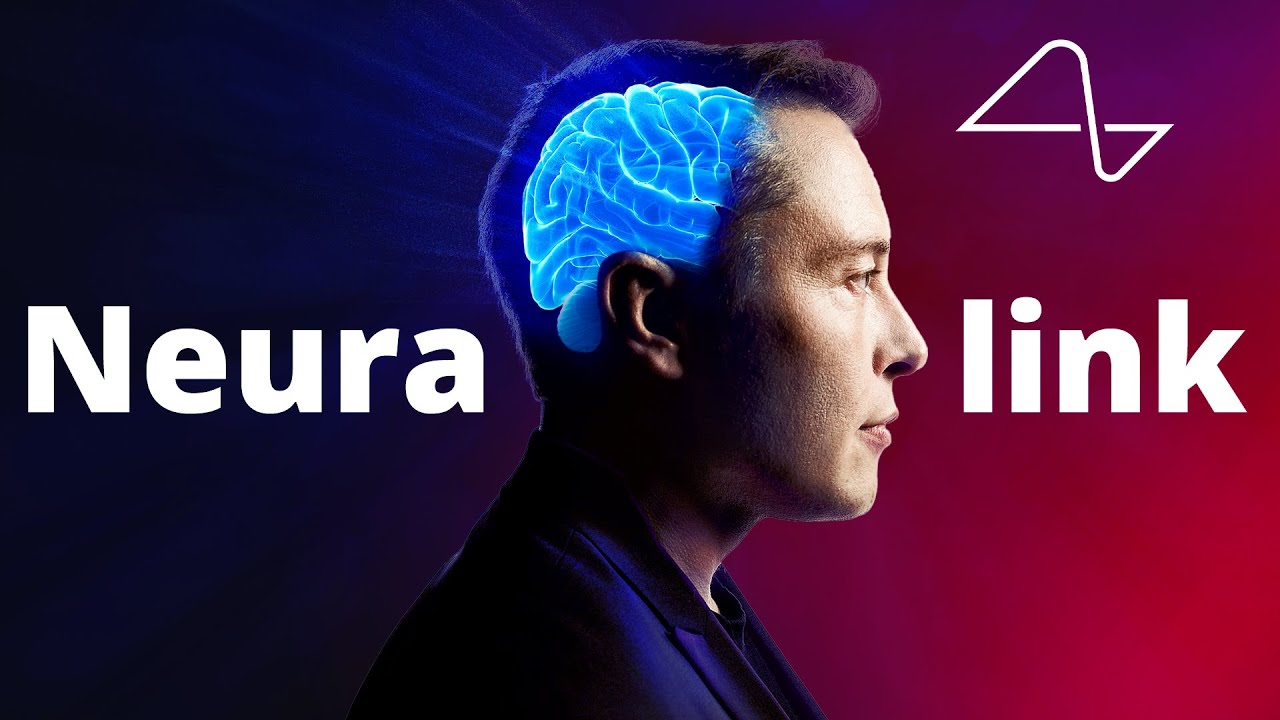Imagine sitting comfortably on your sofa, watching TV and enjoying a game. But suddenly, your attention shifts away from the game channel. Without even reaching for the remote, the channel changes right before your eyes. This might sound like fiction, but with the advancement of technology, it’s becoming a reality. Thanks to Elon Musk’s company Neuralink, we’re witnessing groundbreaking progress in connecting the human brain with electronic devices.

Our brain, the most vital organ in our body, controls everything we do. With its 171 billion cells, it manages our thoughts, movements, and consciousness. For years, scientists have been striving to establish a connection between devices and the brain’s sensory functions. Now, Neuralink has achieved a major breakthrough by successfully implanting wireless chipsets into the human brain.
Using robotic technology, Neuralink implants these chips, enabling experimental signals to be sent directly to the brain. These signals can then be monitored on a computer through a dedicated application. This remarkable development has paved the way for systems that can interpret human movements and intentions, allowing remote control of computers and smartphones.
Initially tested on animals like monkeys and sheep, Neuralink’s success has led to approval from the US Food and Drug Administration for human testing. These experiments have shown promising results, indicating the potential to detect emotions and address complex nerve-related issues in humans.
For individuals with disabilities, this technology offers newfound independence, as they can control devices using only their thoughts. However, despite these remarkable advancements, it’s yet to be announced when these chips will be available to the public. Nonetheless, the future holds immense possibilities for utilizing this groundbreaking technology to enhance human capabilities and improve the quality of life for many.
